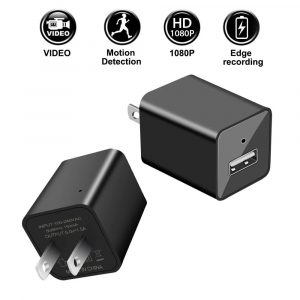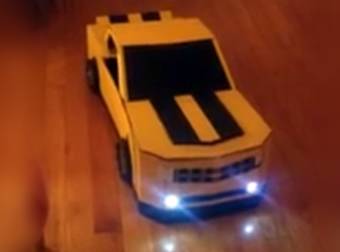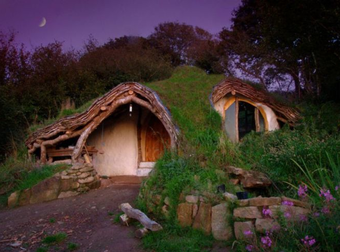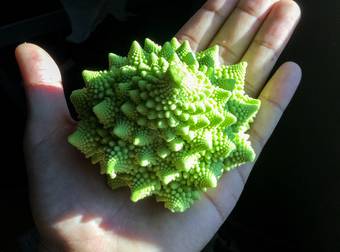Artist and illustrator Ross Campbell creates graphic novels featuring offbeat characters and moody, southern gothic settings. He’s best known for his series Wet Moon, a graphic novel series following the lives and relationships of a group of young women in the mythical bayou town of Wet Moon. His characters are gritty and unidealized, many of them sporting punk rock hairstyles and body modifications. Yet each character is treated as a full human being with hopes, fears, and dreams. We were lucky enough to chat with Campbell, and talk about his inspirations and artistic evolution.
ViralNova: As for questions, I suppose there are the standards, like how you got started, what inspires you, etc.
Ross Campbell: Like a lot of artists, I started drawing when I was a kid. Although for a while in high school, I wanted to be a writer instead. I got serious about comics in college, and that was pretty much that!
VN: I’m also interested in the stylistic change I’ve seen in your work, towards a simpler, cleaner style, and the process of that change. I know it’s not always a conscious decision, and stylistic changes can happen without even realizing it, but I’d like to hear your take on it.
RC: It’s both intentional and an unintentional, natural progression. I think it started around when I was doing volume 2 of my series, Wet Moon. Some people confused one character for another, which woke me up to how most of my characters had similar features. After that, I started trying to consciously make my characters look different from one another, and that led me to a more cartoony style, which was kind of returning to my roots, since I did cartoony stuff when I was younger. I think now I do something like ‘cartoony realism,’ a combination of both, although my style is always changing as I get older and improve, so I’m hesitant to put any clear divisions on old and new work. It’s an ongoing evolution.
VN: I also notice that your characters are predominantly female, and I’m sure you get the “you portray women so well!” a lot, so I’m not going to go there. Rather, I’d like to ask how you develop your characters in terms of their appearance, as they’re very diverse. I know a lot of them have body modifications, and I was wondering how much those are considered visual cues to their characters, or are they simply aesthetic choices? Does it depend on the character? Do you come up with the character’s personality first and build their appearance on that? Vice versa? Something else?
RC: It’s a difficult thing! I’m always trying to increase the range of my characters’ appearances, but it’s something I have to actively work at, since like a lot of artists I tend to default to a certain type of character (basically Scout Montana from my comic Shadoweyes, haha) if I’m not thinking about it. It’s hard for me to come up with new faces that work in my style, since my face designs are fairly simple, without doing an exaggerated nose or something that might look silly. It’s something I’m not that great at, I’m always trying to improve. Same goes for body types. For creating characters, I usually come up with their personality and appearance simultaneously, I think of a basic type of personality I want to write and a basic type of look. Then those two things get fleshed out and developed, or change completely, as I draw the character again and again, and get a sense of who they are. For characters I’m not writing and just drawing, like when I’m working with a writer, it’s much easier because the personality part is already mostly taken care of, but I still have to figure out body language and expressions that fit into that, which usually involves things that the writer doesn’t put into the script. As for the body mods, they’re both aesthetic choices like if something fits with the design or I feel like drawing a certain thing, but of course I also take into account who the character is and what piercings or tattoos they might get, if any. It has to fit the character and what they’re into.
VN: Tell me about the settings you use. I really dig the moody, swampy settings and the modern take on the Southern Gothic. What drew you to that?
RC: A lot of my mom’s side of the family is from the southern United States, but the main thing that inspires that setting is my time going to school in Savannah, Georgia. Wet Moon is basically Savannah. I’m not exactly sure what it is that draws me to that, other than the visual stuff like it’s fun drawing palm trees and Spanish moss, but there’s some kind of mystery about that sort of setting that I really like. Something about the mood, the weather, the vegetation and geography, I’m not sure but I love it. I don’t think I’d ever move back there but I love that setting in my work.
VN: On the technical end, what’s your process? What materials/programs do you use? How do you put together a story–does the narrative or the visual aesthetic come first? Do you come up with a timeline, or do you let the stories evolve on their own?
RC: The characters usually come first. I think of a character or two that I really want to write and draw, and then the story comes up around them. I don’t really come up with plots and then plug the characters in. For me, if the characters are strong and I’m invested in them, the story practically writes itself. For the narrative part, I start with an outline, which begins as a list of ideas and scenes all mashed together, and then I go through it and organize it over and over and sort of preening it, until it starts taking shape and then I turn it into a script. After the script comes thumbnails. I like to lay out the whole story in little sketches before I draw it, so I can see the whole thing at once and how the pages flow together and how the pacing goes. I’m pretty simple when it comes to materials, if I’m working traditionally it’s just pencil and usually brush with ink, sometimes I use pens, and digitally I use either Photoshop CS2 or Paint Tool Sai. I don’t really use anything fancy, even digitally I just use the basic tools like the Pencil Tool or whatever. I don’t know how other artists work, but I feel like my process is pretty straightforward, I don’t have any secrets or fancy tricks or anything.
Besides the series shown here, Campbell also created a number of singular graphic novels, as well as his own renditions of famous comic characters such as the X-Men and Jem and the Holograms. The evolution of his work and style continues, and you can keep up with it on his website, as well as on Tumblr, deviantArt, and Twitter.
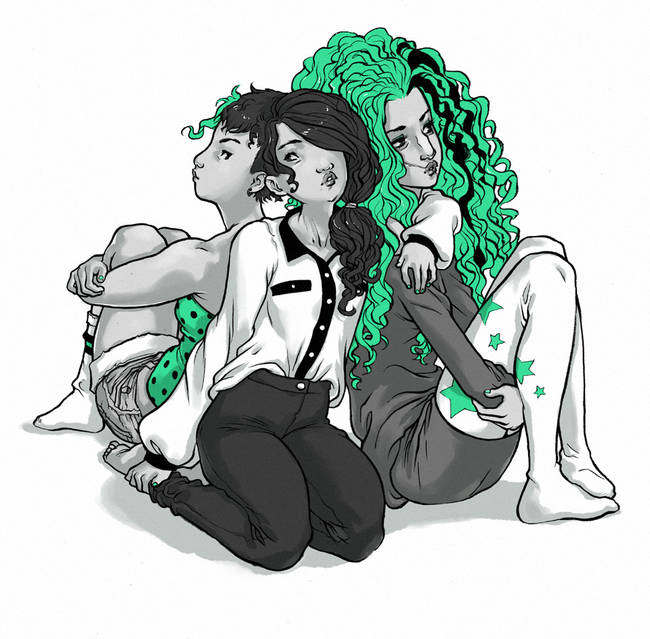 share
share
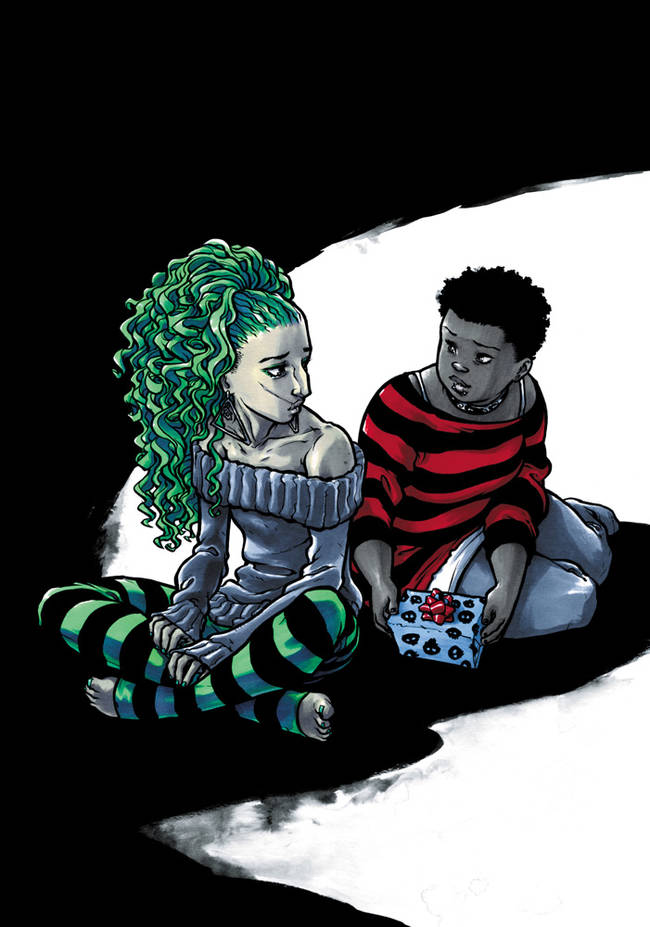 share
share
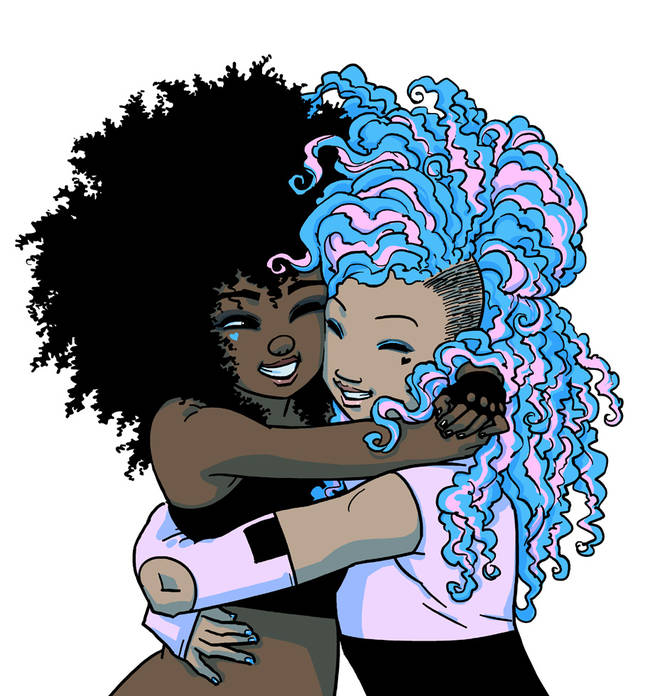 share
share
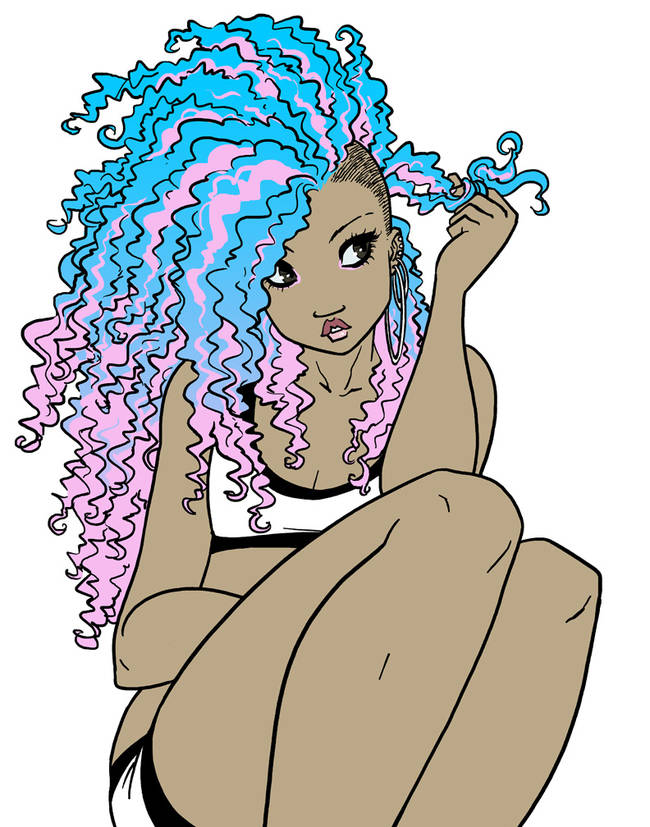 share
share
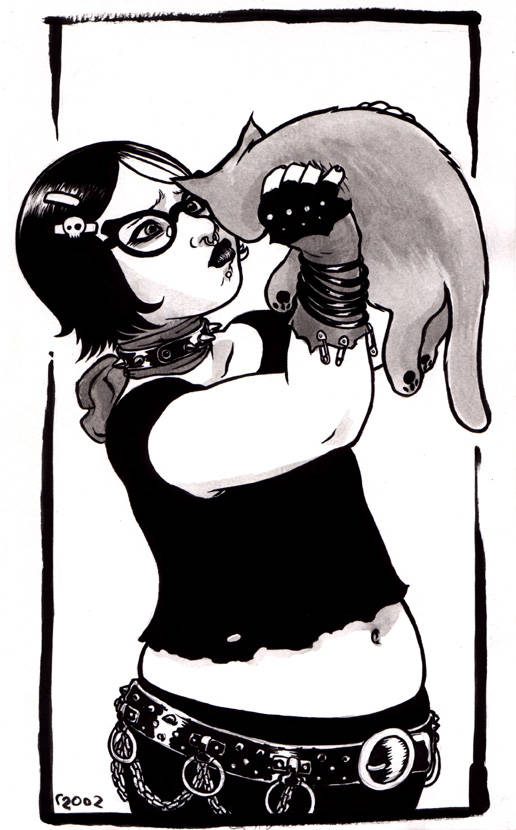 share
share
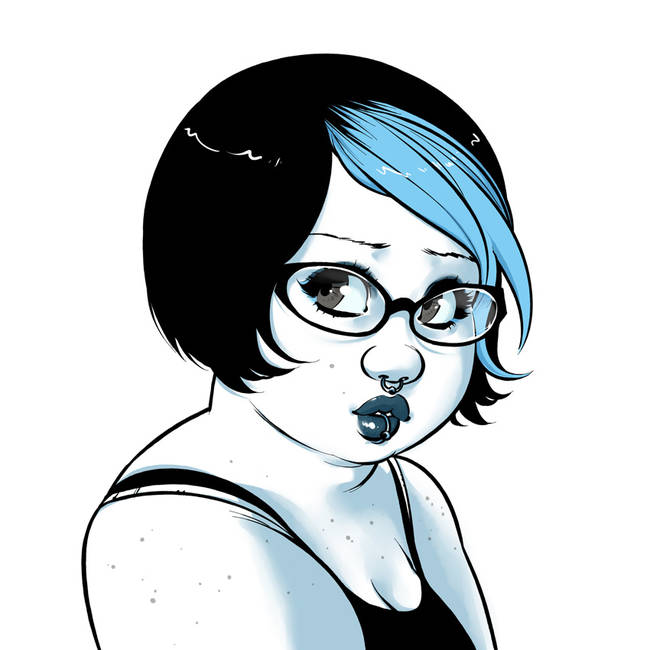 share
share
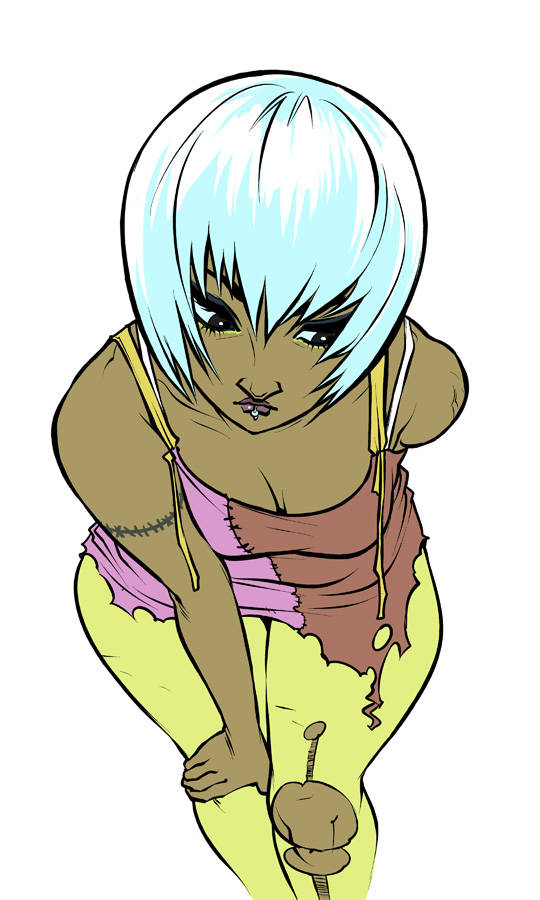 share
share
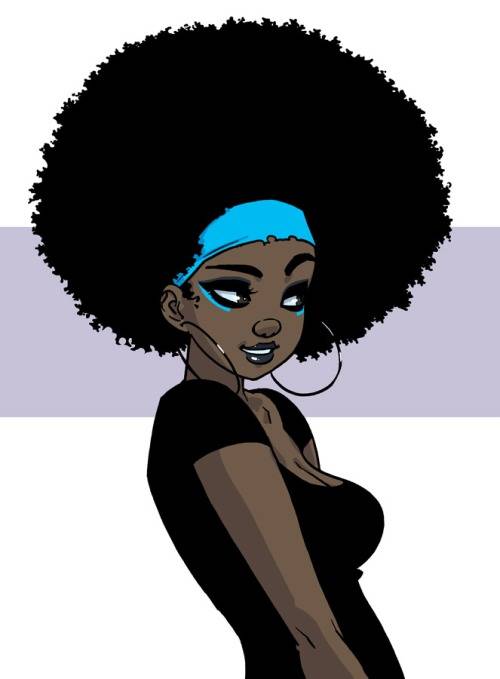 share
share
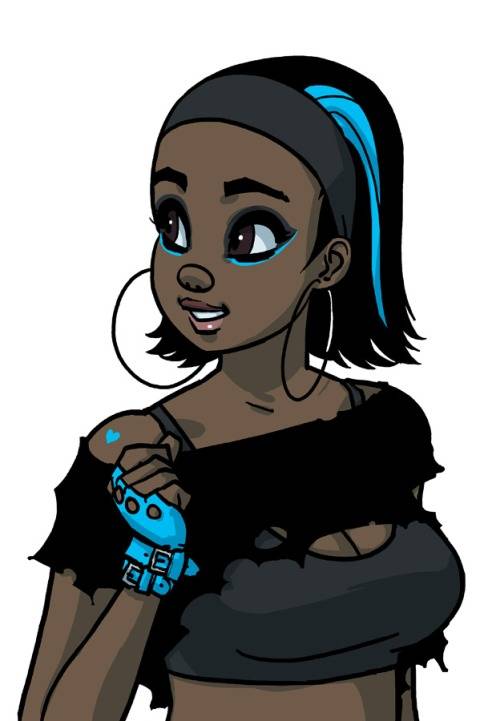 share
share
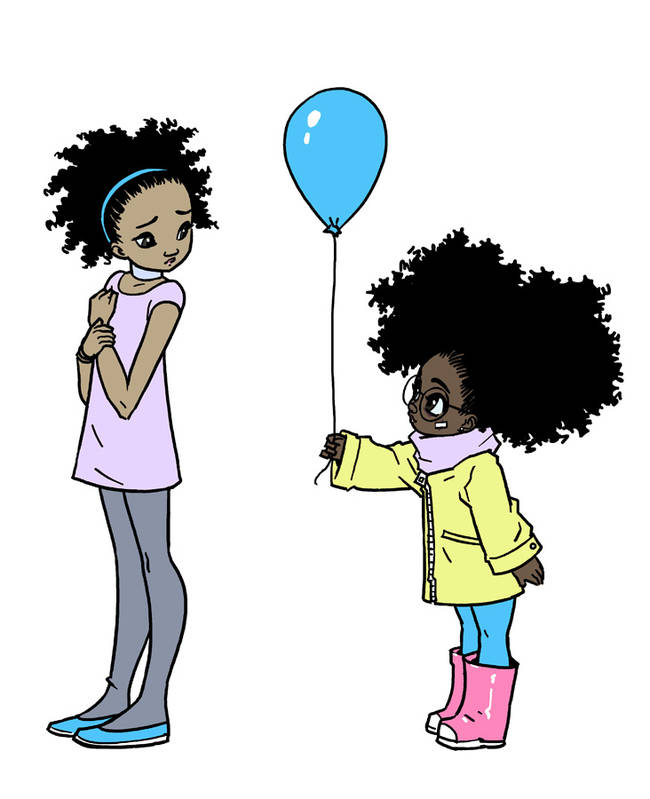 share
share
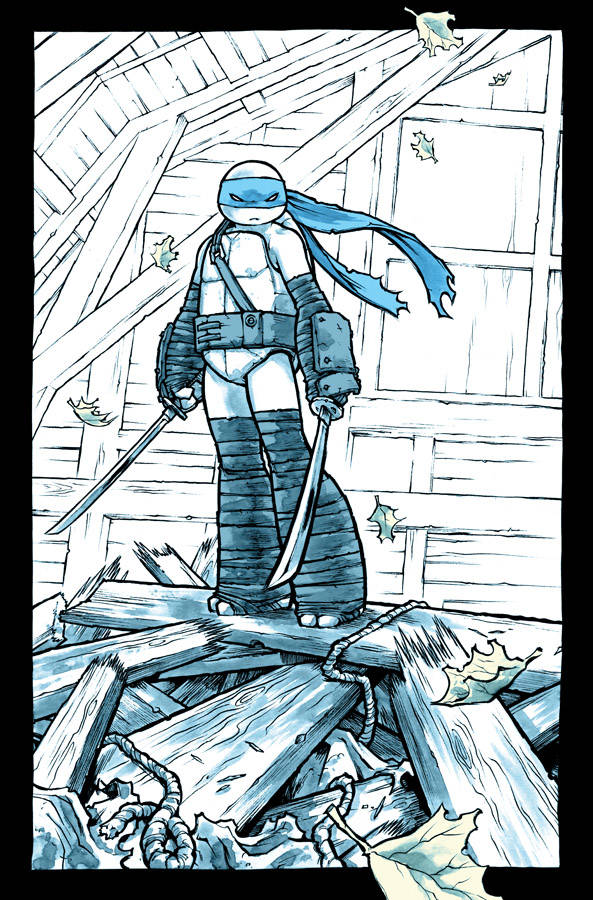 share
share
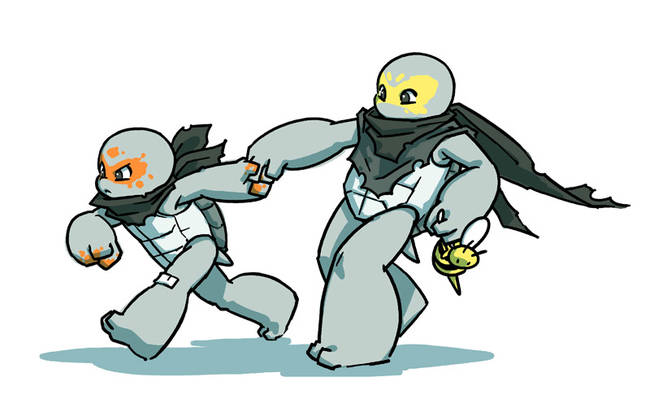 share
share
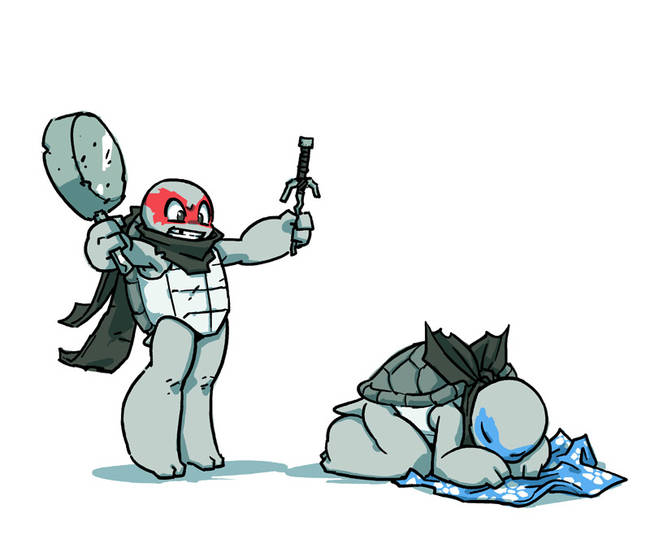 share
share
